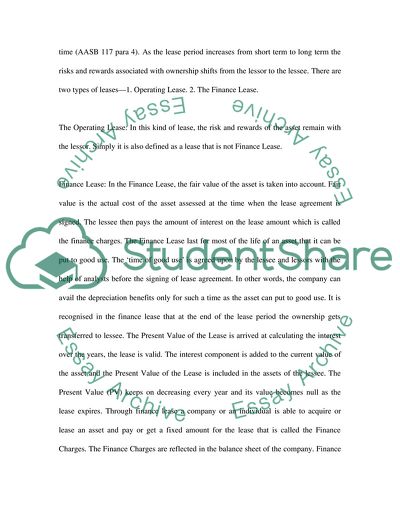Cite this document
(The Balance Sheet of Leighton Ltd and Clough Ltd Research Proposal, n.d.)
The Balance Sheet of Leighton Ltd and Clough Ltd Research Proposal. https://studentshare.org/finance-accounting/1709130-research-project
The Balance Sheet of Leighton Ltd and Clough Ltd Research Proposal. https://studentshare.org/finance-accounting/1709130-research-project
(The Balance Sheet of Leighton Ltd and Clough Ltd Research Proposal)
The Balance Sheet of Leighton Ltd and Clough Ltd Research Proposal. https://studentshare.org/finance-accounting/1709130-research-project.
The Balance Sheet of Leighton Ltd and Clough Ltd Research Proposal. https://studentshare.org/finance-accounting/1709130-research-project.
“The Balance Sheet of Leighton Ltd and Clough Ltd Research Proposal”. https://studentshare.org/finance-accounting/1709130-research-project.


